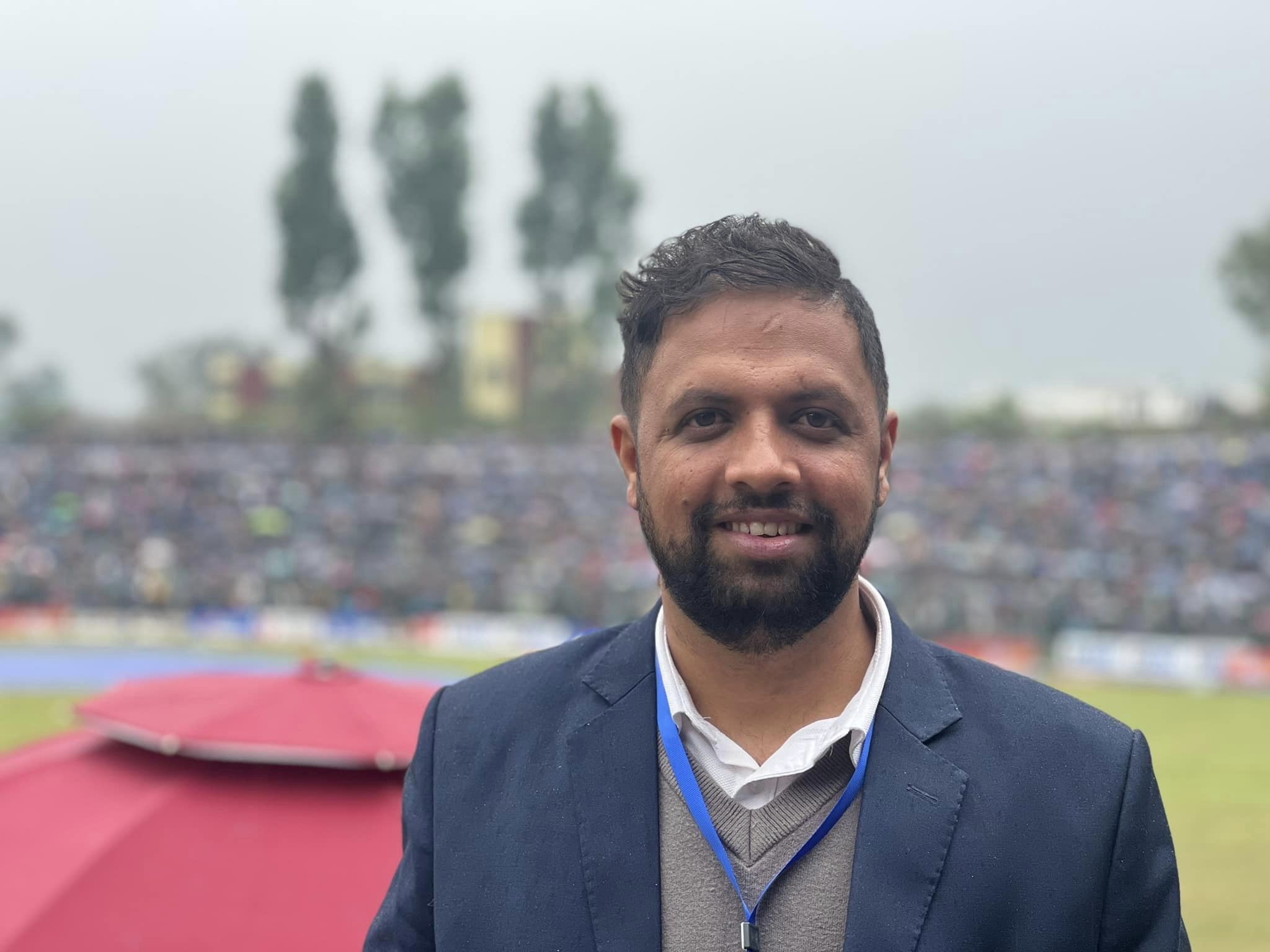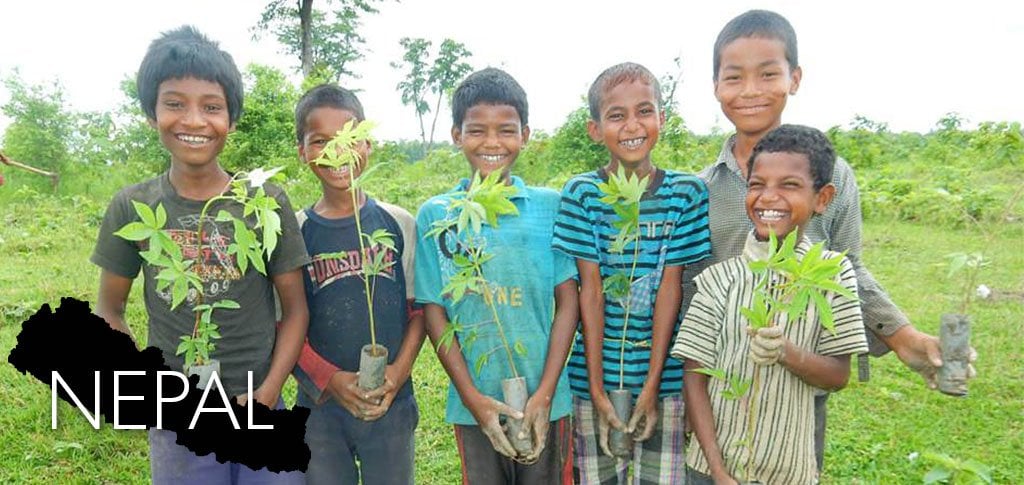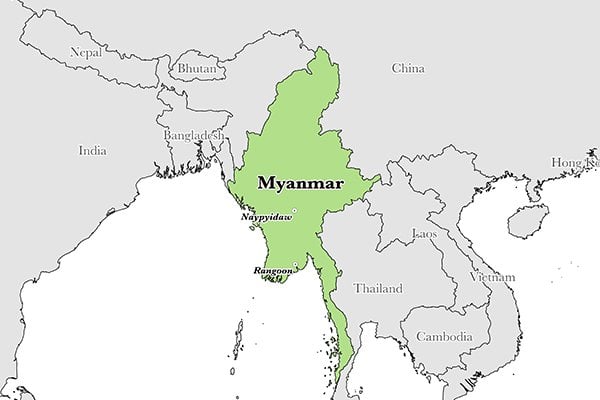HIV/AIDS: Current scenario of Nepal

Kathmandu–HIV/AIDs stands for Human immune deficiency virus /Acquired immune deficiency syndrome is a spectrum condition caused by infection with HIV. HIV transmitted among person to person through unprotected physical relationship (oral/Anal/Vaginal), contaminated blood transfusion, placental mode, drug abuser with infected needles and lactating mothers who is infected with HIV virus. Though somebody fluids do not account for transmission like saliva, tears etc. Till date, there is no cure for this disease but treatment can slow the disease progression and helps to lead a normal life. Treatment course should be started as early as it is diagnosed. According to the study of WHO, without any treatment one can survive around 11 years with diagnosed AIDs.
BACKGROUND OF HIV/AIDs IN NEPAL
The first HIV infected case was detected in Nepal on 1988. During the time, key infected population were people who inject drugs (mostly male), sex workers and their male and female clients, men who have sex with men and transgender people, male labor migrants and their wives and prison inmates. Heterosexual transmission was found to be dominant where HIV prevalence among adult population in the country was below 1%.
CURRENT SCENARIO OF NEPAL
The emerging rate of HIV prevalence is threat to medical field where the exact cure of HIV is still unknown. Though the retroviral therapy has been found to be beneficial for the patients. The report presented by NCASC shows that approximately 32747 cases have been reported for the HIV among which 20198 count for male and 12361 count for female and 188 counts for transgender. The alive population infected with HIV shows male (10837), female (10215) and transgender (106).The age group of (25-49) years seem to be affected more comparison to other age groups accounting (14960) males , (8595) females and (129) transgender.
Due to the high level of emotional fluctuation and attraction towards the opposite sex along with the age group of high ambitions, this age group is more prone to be the prey of HIV infection.
The case presentation on the basis of mode of transmission shows that sex workers infected with HIV /AIDs are 1665 and their clients are 10,783 which accounts the majority of infected patients. Along with them, people who inject drugs (3247) man with same sex (699), blood and blood products (128) migrants workers (3362) and spouses of migrants (2372) and others (10491) accounts the HIV infected rates.
Province wise case distribution shows that Province 5 has been affected more with 3339 males, 240 females and 6 transgender people.
HIV TESTING AND COUNSELING SERVICES OF NEPAL
Nepal’s HIV testing and counseling services are guided by the 2017 National HIV testing and treatment guidelines. Community based testing approach has also been initiated in key population as suggested by 2017 NHTT guidelines. Nepal has also implemented community led testing approach to maximize HIV testing among key population in selected districts (MSW and TG: 20, PWID: 27 and FSW: 17).
Community based PMTCT (Prevention of mother to child transmission) program has been expanded in all 77 districts. For children, Children Affected by AIDs Program (CABA) has been launched. Under CABA support, every HIV infected child is provided with NRS.1000 per month for their education, health, nutrition and livelihood support.
DECEMBER-1 (AIDs DAY) AND STRATEGIES TO OVERCOME
Each year, December -1 is celebrated as the HIV/AIDS day in order to remember the lost one and encourage the affected one to lead a normal life. Likewise, we campaign on this day for screening and mass awareness sponsored by various organizations, institutions and Nepal government as well.
Today, with the preliminary assessment, research and right leadership, we need to control and ultimately end the HIV epidemic, community by community. However, communities are more than just geography.
On World AIDS Day, we are reminded to diminish the HIV epidemic on the community based approach. The people affected by HIV are a part of unique communities often shaped by differences in race, ethnicity, gender, culture, and socioeconomics. To reach people who have different needs, preferences, and choices, and ensure that HIV treatment and prevention tools can work in their lives, we must go beyond a “one-size-fits-all” approach. Strategies are particularly needed to ensure that hardly reached communities including the MSW, transgender, migrant workers with their wives and sex worker communities and their clients benefit from these strategies.
Success also will depend on how well we can address the numerous other challenges affecting those living with or vulnerable to HIV, including housing and food insecurity; lack of health care access; and stigma, discrimination, and criminalization.
(Regmi is an incharge at Rapti lifecare hospital, Dang and holds MPH & B.Sc Nursing degree.)




_rcn1YzUXpY.jpg)





Leave Comment